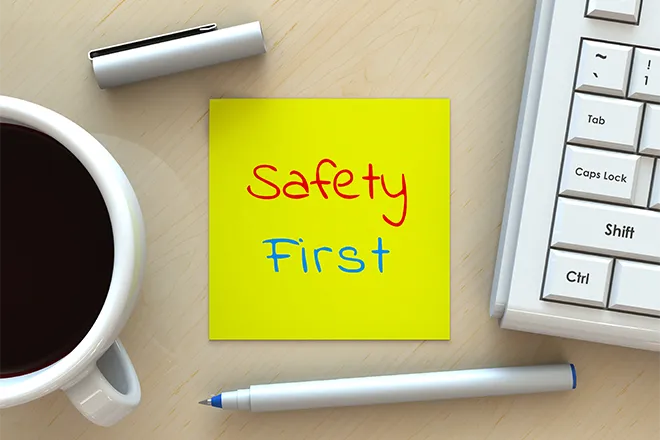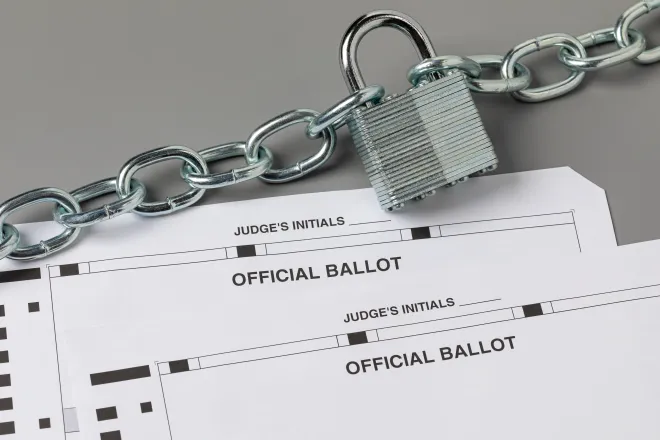
Tips for Keeping Calm in the Midst of Crisis
by handlewithcare.com
In this time of great change and uncertainty, crisis situations seem to be growing at a rapid speed. The emotional turmoil and negative behavior that is on the rise, spanning from verbal abuse to physical assault, is requiring schools and agencies to intervene more often for the safety and protection of the students, staff and clients. Schools and agencies have a responsibility to train their staff to safely and effectively deal with reasonably foreseeable situations.
We at Handle With Care would like to offer some tips when responding to someone who is becoming out of control. There is a natural, but incorrect, tendency to respond to the person in conflict the same way as they are behaving. Many times we feel overwhelmed by the situation and experience emotions like anger and fear. When we exhibit these emotions, it increases rather than decreases the conflict and crisis around us. When dealing with an agitated person, child or student, we must control not only our verbal but non-verbal communication as well.
1.First, staff needs to be attuned to the signals of potential crisis behavior. Typically there is a change of behavior before physical aggression occurs, which includes:
·Verbal clues: what is being said (e.g. insults or threats)
·Non-verbal clues: how something is being said (e.g. voice, volume, rate of speech and tone)
·Body language: (e.g. body tenseness, leaning forward, pacing, finger pointing or hand clenching)
2.Second, staff that are working with emotionally disturbed, aggressive or violent behavior need to be aware of and in control of their emotions and behaviors. It is their actions and words that can either reduce the potential for conflict or escalate it. Here are some key points to keep in mind when faced with an uncertain situation:
·Remain calm and in control.
·Only one person should speak at a time.
·Respect personal space.
·Be aware not only of what you say, but how you say it.
·Maintain natural eye contact and establish a direct line of communication.
·In instances of team intervention, one person, the person with the best relationship, should be designated as the “talker.”
·Set limits; the limits should be clear, consistent and enforceable.
·Of course, immediate action needs to be taken in dangerous and/or life threatening situations.
Handle With Care (HWC) is a state of the art crisis intervention training program designed for agencies, schools, hospitals, organizations and parents who care for children and people who have the potential of being aggressive, violent or out of control towards themselves and others. Please visit our web site, www.handlewithcare.com, or email joy@handlewithcare.com for additional information on managing high stress situations














